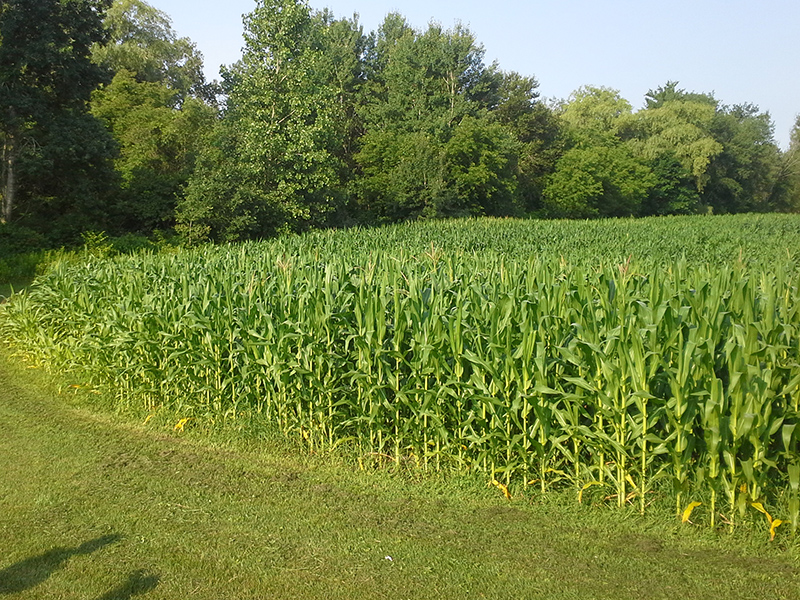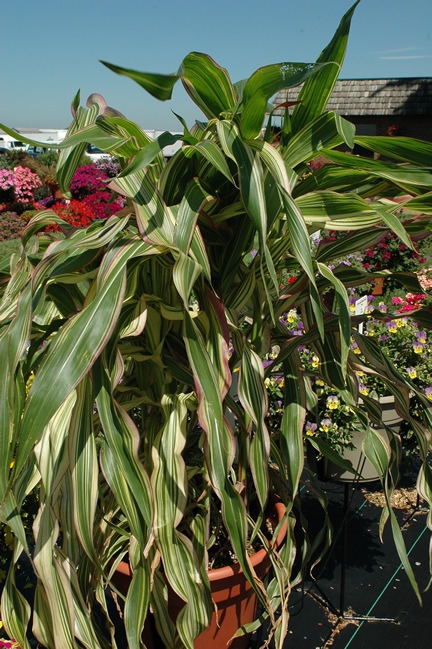
Annuals > Zea > Zea mays > Zea mays
Zea mays
Maize, Corn
Origin: Mexico. Descendant of teosinte (Zea mexicana) and created by human selection between 13,000 and 6,000 BCE.
| Family |
| Poaceae |
| Genus |
| Zea |
| Species |
| mays |
| Category |
| Annuals |
| USDA Hardiness Zone |
| 2a - 11b |
| Canadian Hardiness Zone |
| H1c - H7 |
| RHS Hardiness Zone |
| 0a - 8a |
| Temperature (°C) |
| -43 - 10 |
| Temperature (°F) |
| -45 - 50 |
| Height |
| 120 - 155 cm |
| Spread |
| 30 - 60 cm |
Photographs
Description and Growing Information
Flowering Period
| General Description |
| A warm weather cereal crop that is available in a large number of varieties. |
| Landscape |
| A very popular commercial agricultural crop. |
| Cultivation |
| Grown in open fields where it will receive ample sunlight and the soil temperature is above frost levels (20°C). Requires regular watering, especially during dry periods. |
| Growth |
| Fast |
| Pests |
| Fruit flies and slugs are a common problem during early stages of growth as they damage young seedlings. Smut can infect the ears of the maize turning the kernel into a black powder. |
| Propagation |
| Propagate through seeds, sown either in a square or circle in order to ensure pollination, as Zea mays is wind pollinated. |
| Ethnobotanical Uses (Disclaimer) |
| Cereal crop used for both human and animal consumption. |

